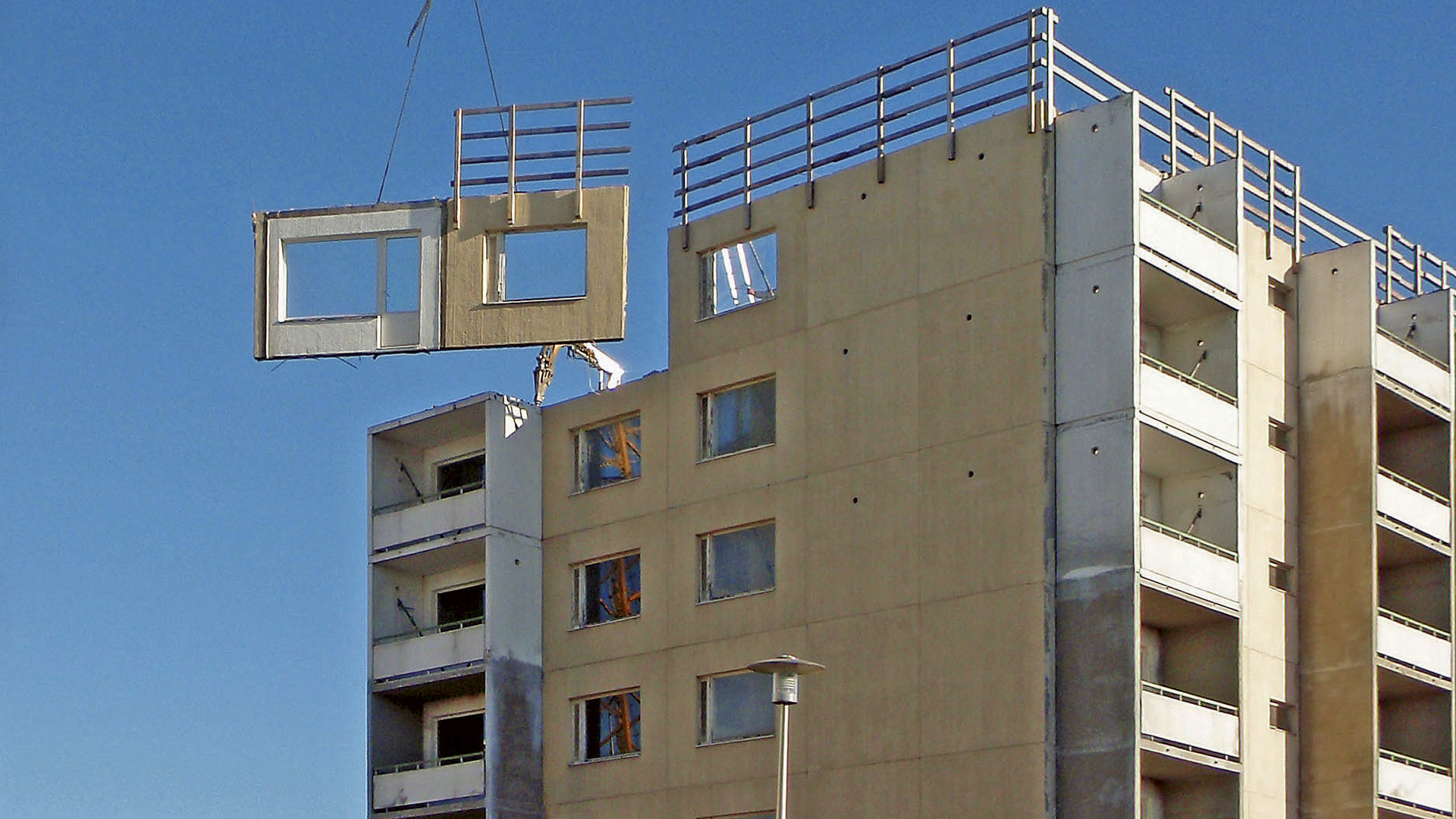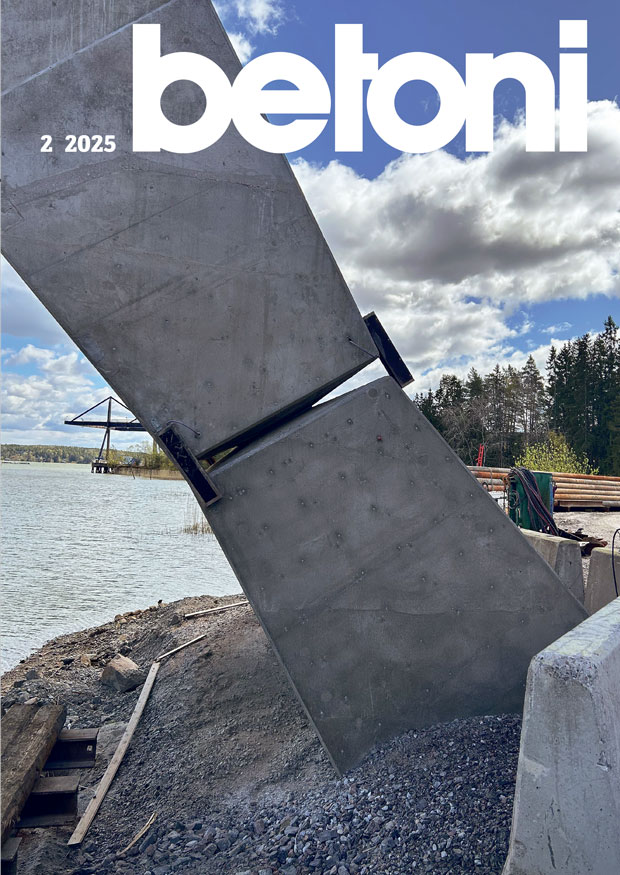In English | ISSUE 4/2022
Quality assurance process for reuse of building components

Abstract
Construction industry consumes a significant amount of natural resources globally. In addition to the natural resources, emissions and waste generation are considerably high. By reusing building components, these can be significantly reduced and thus curb climate change. For example, the total carbon footprint of a typical industry hall can be reduced by 55 % by reusing building components.
The reuse process of building components has generated discussion increasingly, and current practices and guidelines are not directly applicable to the reuse process. Therefore, more understanding of influencing factors and new guidelines need to be developed.
This article discusses the different stages of the quality assurance process for the reuse of building components at a general level. The topic is studied in the Reusing precast concrete for a circular economy (ReCreate) project. The project has received funding from the European Union’s Horizon 2020 research and innovation programme under grant agreement No 958200.
The quality assurance process for the reuse of building components has several stages. Each of these stages is essential to ensure the quality of reuse. The process starts from the pre-deconstruction audit stage, at which the purpose is to get a general perspective and of the building and reusability of its structures. Depending on this perspective, the structural condition investigation can be designed and executed, which is an essential for redesigning the components. Structural properties, material properties and possible hazardous substances need to be studied. During the deconstruction stage, occupational safety and possible damage to structures must be considered. A new building can be designed according to the current guidelines, but the reliability of durability and structural properties need to be considered. By following this process, reusability of building components can be confirmed.



